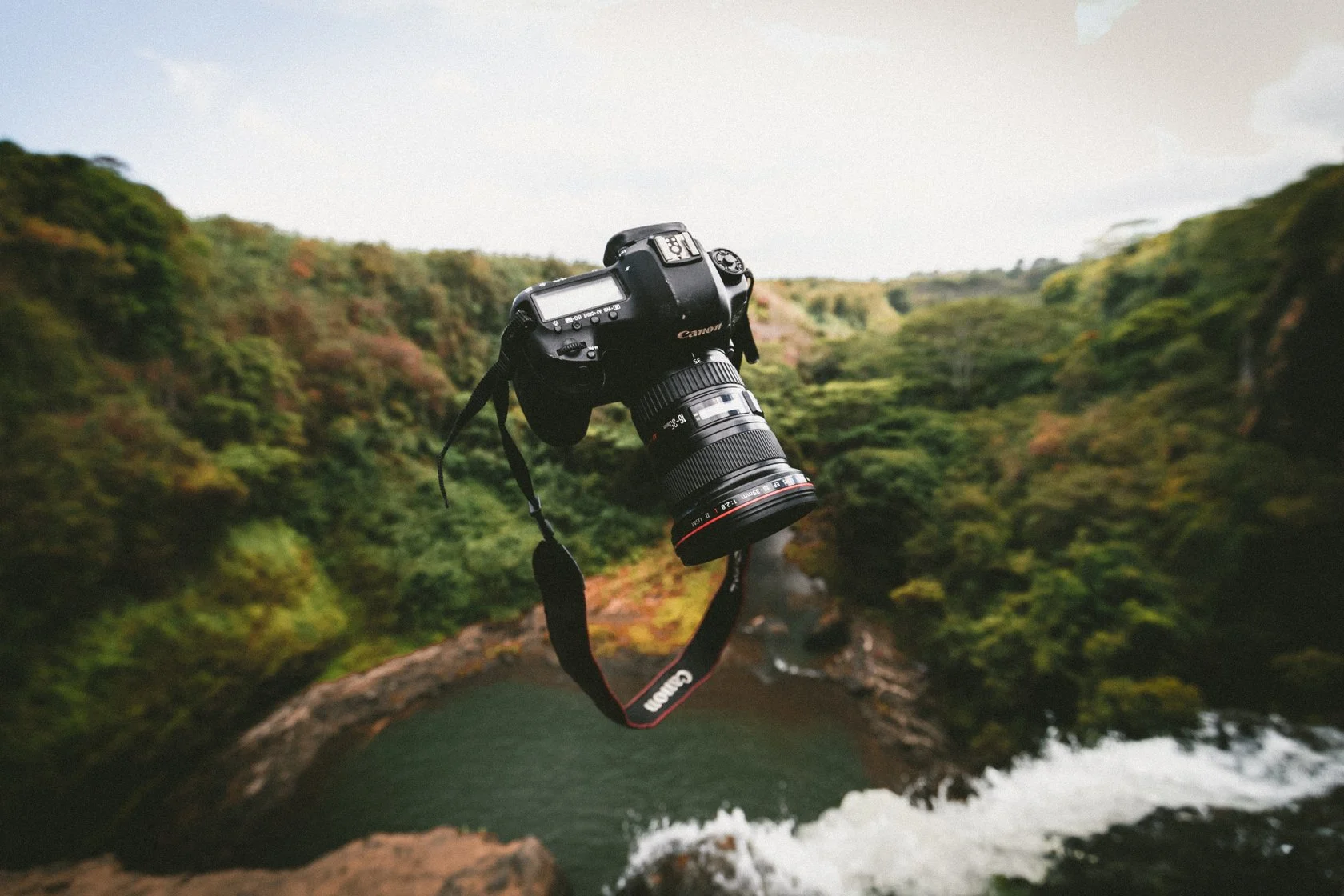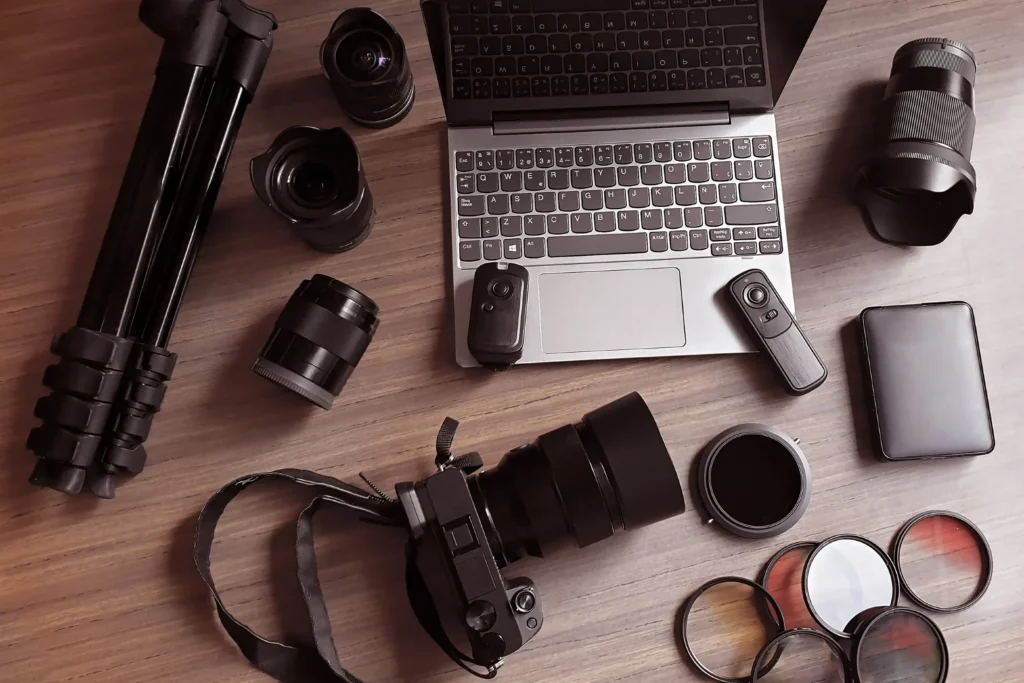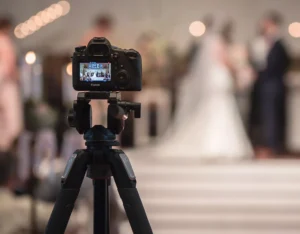Equipping Your Vision: Choosing the Right Equipment for Your Photography Business
So you’ve taken the plunge into the wonderful world of professional photography. Congratulations! You’re brimming with creative ideas and eager to capture stunning visuals. But before you embark on this exciting journey, there’s a crucial step: building your photography arsenal.
The vast array of camera bodies, lenses, flashes, and accessories can be overwhelming for any aspiring photographer. Fear not! This guide will equip you with the knowledge to navigate the equipment landscape and choose the perfect tools to bring your vision to life.

Here’s the key: It’s not about having the most expensive gear. It’s about understanding your specific needs and investing in equipment that complements your shooting style and budget.
1. The Foundation: Your Camera Body
The camera body is the heart of your photography setup. There are two main categories: full-frame and APS-C sensor cameras. Full-frame sensors offer superior low-light performance and image quality, but they come at a higher price point. APS-C sensors are excellent for beginners and offer a wider variety of affordable options.
Consider your shooting style: Do you specialize in portrait photography where low-light performance is crucial? Or are you focusing on landscapes where image detail reigns supreme? Research different camera bodies, read reviews, and don’t be afraid to test them out at a camera store before making your decision.
2. The Eyes of Your Camera: Interchangeable Lenses
Lenses are arguably the most important investment in your photography journey. They determine the focal length, aperture, and overall character of your images. A good starting point is a versatile zoom lens that allows you to capture a wide range of subjects.
Here’s a tip: Prime lenses (fixed focal length) offer superior image quality and are often more affordable than zoom lenses. Consider investing in a prime lens for specific situations, like a 50mm for portraits or a wide-angle lens for landscapes.
3. Capturing Light: The Power of Flash
While natural light is ideal, there are times when you’ll need to control or supplement it. An external flash can be a lifesaver in low-light situations, adding a creative touch to portraits or bouncing light for flattering results. Speedlights are compact and portable, while studio strobes offer more power and flexibility.
Here’s something to think about: Do you primarily shoot on location or in a studio setting? Speedlights are ideal for on-the-go photographers, while studio strobes provide more control for studio work.
4. The Supporting Cast: Essential Accessories
Beyond the core equipment, several accessories can significantly enhance your workflow and image quality. A sturdy tripod ensures sharp images in low-light situations and allows for long exposure photography. A camera bag protects your gear while offering easy access during shoots. Extra batteries are essential to avoid missing that perfect shot due to a dead battery.
The key takeaway: Don’t underestimate the power of accessories. A good tripod can elevate your landscape photography, while reflectors can bounce light and create flattering portraits. Invest in accessories that address your specific needs and shooting style.
5. Learning and Experimenting: There’s More to It
Remember, equipment is just a tool. The most important element is your creativity and understanding of light and composition. Invest in photography courses, workshops, or online tutorials to hone your skills and master your craft. Experiment with different techniques, practice regularly, and develop your unique photographic voice.
Here’s the ultimate tip: The best camera is the one you have with you. Don’t let the pursuit of the perfect gear hold you back. Start creating, capture stunning images, and refine your equipment choices as you grow as a photographer.
Choosing the right photography equipment is an exciting and personalized journey. By understanding your needs, researching your options, and prioritizing your creative vision, you can build a photography arsenal that empowers you to capture breathtaking images and turn your passion into a thriving business. Now, grab your camera, get out there, and start creating!


